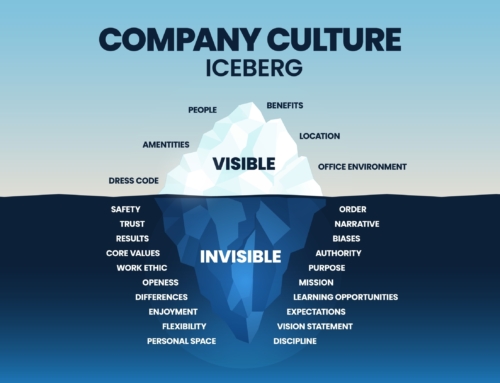The term ‘Change Management’ has now pretty much been relegated to describe the activities that surround progress change and system upgrades in organisations. Essential, but in this fast past world, nowhere near enough to keep an organisation ahead of the game. Management Gurus like Peter Drucker, Charles Handy and Peter Senge have been advocating for many years that organisations must be prepared to transform themselves at regular intervals. Those strong suggestions of the past have now become a nonnegotiable necessity for modern businesses that want to survive and thrive.
Change has always been a struggle for most companies, statistically 70 to 80% of companies fail to achieve the stated objectives after initiating a major change program. Therefore, we could conclude that an organisational transformation, being a much more complex activity, has the potential for an even greater rate of failure. The failure is not due to change or transformation being an impossible activity, it’s mainly due to management and executives not understanding what’s required or not resourcing, planning and implementing it effectively.
My view on transformation has a single purpose, to ensure your organisation is agile. That change becomes an everyday accepted ‘way of doing things here’. An agile organisation is the goal and it’s one that adapts to the changing environment very quickly. Speaking with a senior executive the other day, I was asked how you would measure the agility of an organisation, my answer would be to look at the key measure in your business, are you able to positively improve or at least maintain these when a major disruption or change occurs.
At this point I need to point out, the agile approach may not be the right answer in every situation, but organisations operating in fast paced environments with customer needs that change frequently need to act or risk being left behind.
So, what are the 10 things every CEO needs to know?
- Transformation isn’t change: Change is about the incremental upgrades to systems and processes. Transformation is fundamentally different way of thinking and working.
- Transformation must come from the top: It can’t be delegated, it can’t be ignored, it can’t be neglected. It must receive the strongest support from the highest level.
- It takes planning and effort: People need to be assigned, briefed, trained and engaged, not as part of their ‘usual job’ but as a focused team dedicated to the transformation. Teams need to be working on both the disruption the transformation will cause and equally focused on the future environment. These two activities need to be undertaken at the same time, but not by the same teams. You can’t be disrupting and improving at the same time.
- People can’t switch overnight: Just because the board and the senior executive team have mulled over plans for months and finally come to the conclusion a transformation is needed, doesn’t mean that people should be expected to change overnight.
- Transformation costs money: Doing a transformation on a shoestring will end up costing you a lot more money in many different ways down the track.
- Be patient for results: Results from a successful transformation are not immediately obvious on the bottom line (although failure is). A good transformation will seem effortless and successful. This sometimes deludes management into thinking a focus on the transformation isn’t necessary.
- Communicate: The fundamental element of Transformation is Communications: Communicate clearly, often, and using different medium. No transformation failed due to lack of communication.
- Walk the talk: Never underestimate the impact the words and actions of the senior team have on all staff and employees. They are watching you like a hawk, especially in times of uncertainty and disruption. Saying one thing and doing something else is immediately obvious to everyone and totally undermines any transformation efforts.
- Know thy self: You may be the first person who has to change their ideas and thinking, it’s unreasonable to ask people to change the way they’re being if you’re not prepared to transform your own thinking.
- You don’t have a choice: The world is moving so fast with disruptive technologies, ideas and businesses that if you’re not already thinking about transformation, you may already be too late, because someone in your industry is, or someone is about to enter your industry with a clear goal or disruption.
Transformation is not easy, but it’s not impossible either
and it is quickly becoming the major challenge for businesses moving forward.
In the past, change initiative were handed to HR, given to internal people to add to their normal role or consultants were engaged to manage it. The business environment is moving forward from that approach. Transformation requires attention and focus from the highest levels in the organisation.
GENERAL COMMENT: When I read through a few definitions of “agile organisation” the common themes that come out are:
- Reducing hierarchy
- Create self-organising teams
- Focus on customers first
- Open communications
- Etc.
When you apply some of these core principles to large bureaucracies, it is unlikely that they can ever truly become agile for many reasons. My view is that there are many organisations out there that are better organised under non-agile models. This of course does not mean that they cannot improve things (there is always room for improvement in some way), but an agile approach may not be the right answer.
I am not suggesting that the article should get bogged down on this issue, but maybe consider adding a sentence like “The agile approach may not be the right answer in every situation, but organisations operating in fast paced environments with customer needs that change frequently need to act or risk being left behind.”














Dr Susan Roberts says: